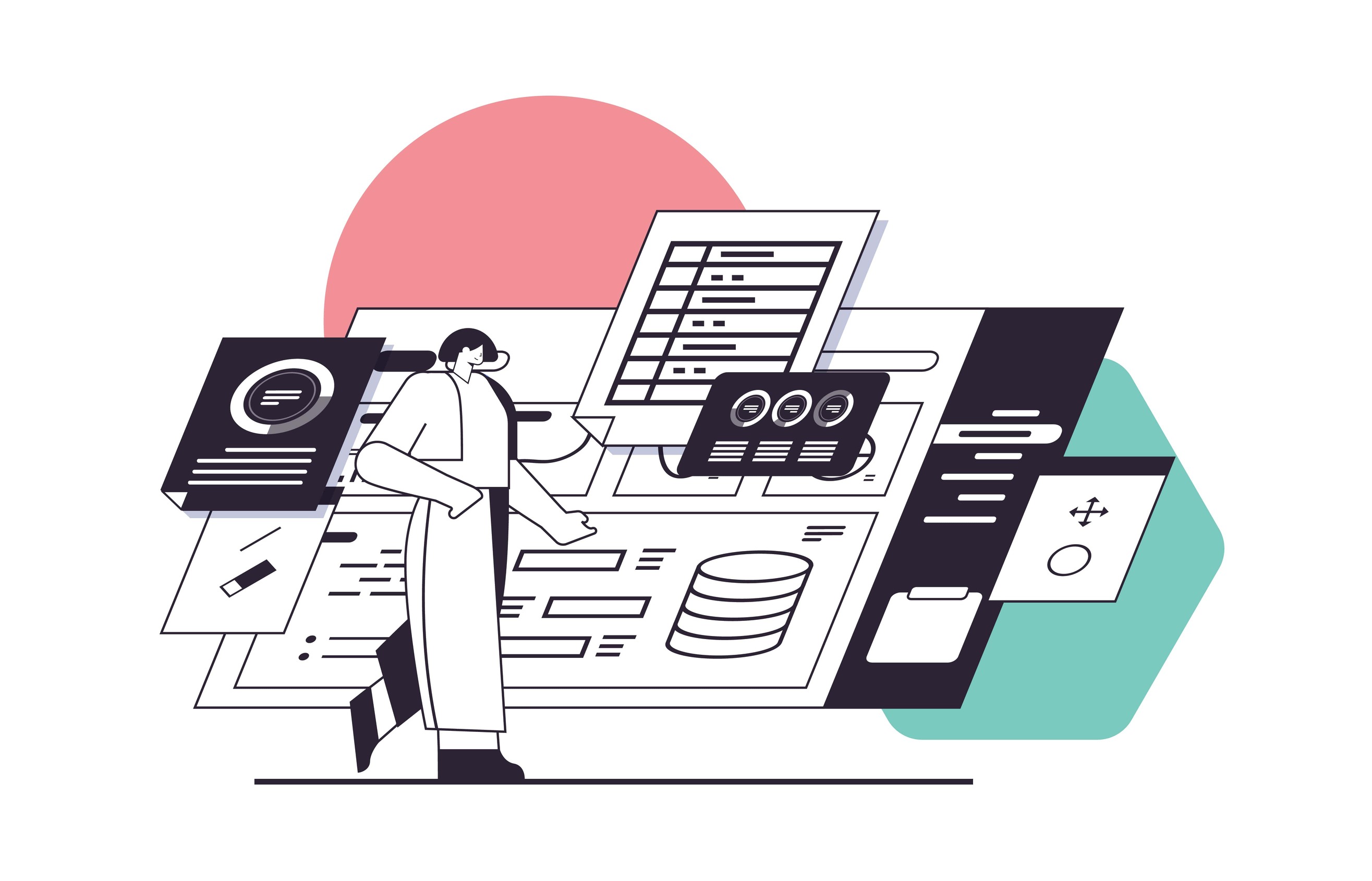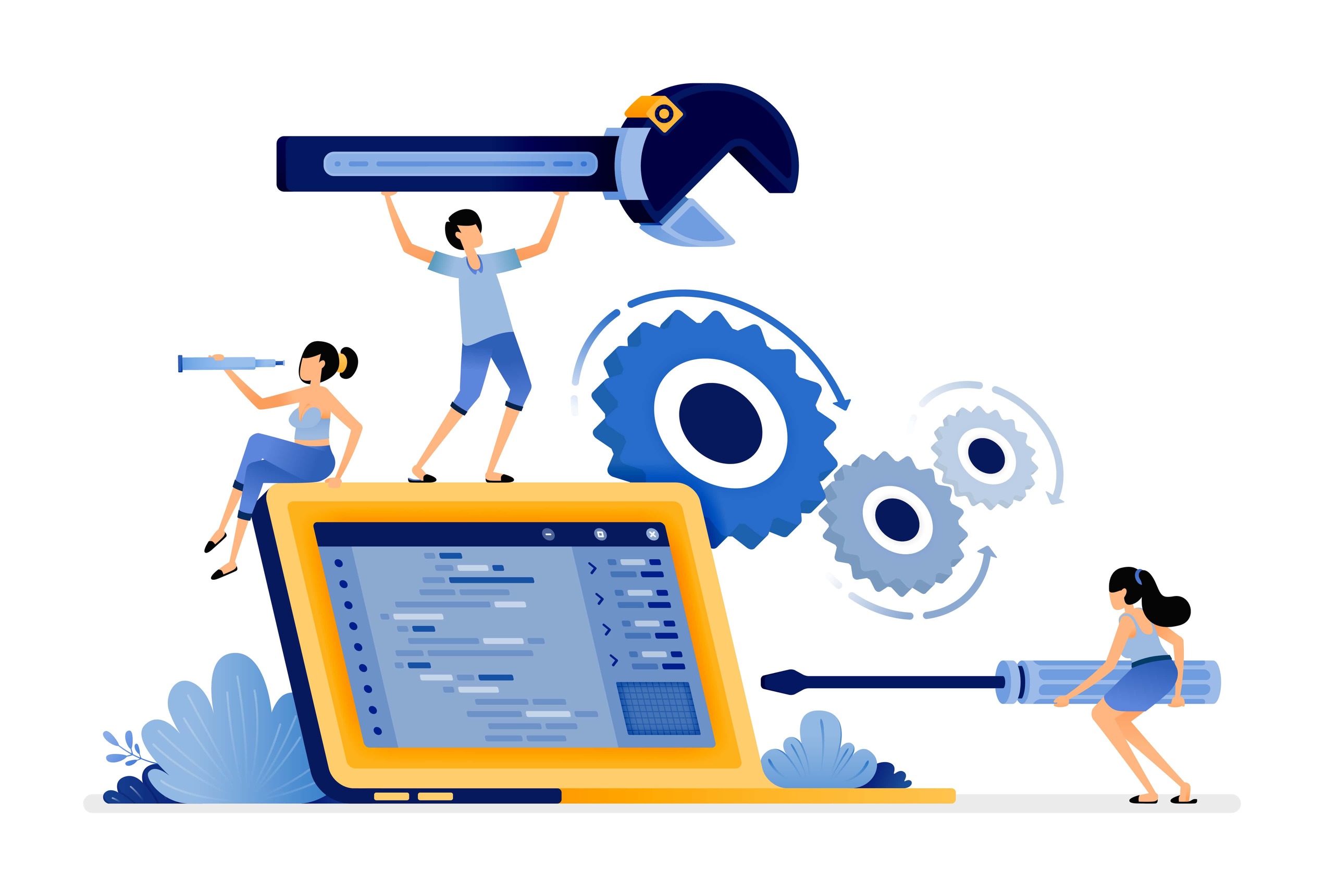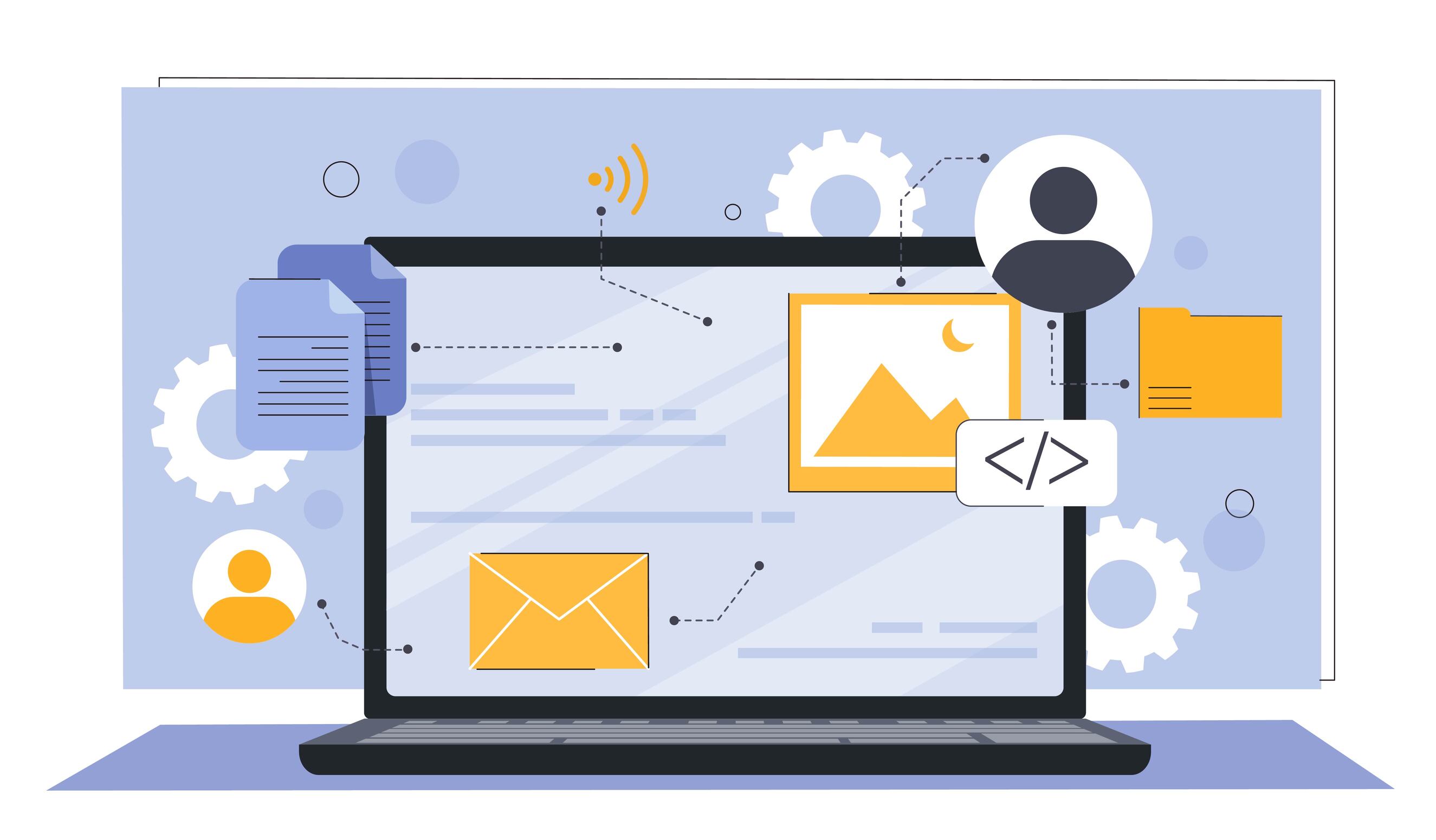An Organizational Portal That Can Truly Help
Corporate portal

 2012
2012 
An Organizational Portal That Can Truly Help
In the modern age of digital and decentralized work, many organizations are looking for ways to streamline communication, improve collaboration, and make essential information accessible to employees. An organizational portal is an excellent tool for achieving these goals, but only if it is designed and implemented correctly. A good portal is much more than just a technological interface - it can become the backbone of organizational culture and communication, significantly assisting in empowering employees and achieving business goals. In this article, we will examine what makes an organizational portal truly effective, present the main advantages, and provide practical tips for successful planning and implementation.
Characteristics of a Successful Organizational Portal
Not all organizational portals are created equal. Some portals evolve into vibrant tools that drive action within the organization over time, while others become "white elephants" that no one uses. So what distinguishes a successful portal from a failure? Here are some key characteristics:
- Relevance and Utility to Employees: A portal that offers content, tools, and services that meet the real needs of employees and assist them in their daily work. The information should be as personalized as possible to each user's role, location, and preferences.
- Excellent User Experience: An intuitive interface, easy navigation, and pleasant aesthetics. Modern design, quick responsiveness, mobile compatibility - all these are critical for users to want to return and use the portal repeatedly.
- Interactivity and Collaboration: A portal that encourages two-way interaction and dialogue among employees, rather than just serving to push one-way content from management. It should be easy to share knowledge and ideas, give feedback, ask questions, and respond to others' content.
- Smart Work Capabilities: A portal that combines tools to enhance productivity and coordination among teams, such as project management, meeting scheduling, automated forms, bots, etc. The smarter the portal, the more beneficial it is.
- Support for Culture and Values: Beyond the functional aspect, a successful portal reflects and reinforces organizational values, goals, and culture. It builds a sense of belonging and pride among employees, allowing them to feel part of something bigger.
Benefits of an Effective Organizational Portal
An organizational portal combining the above characteristics can yield impressive benefits for the organization:
- Improved Communication and Sharing: A good portal helps break down barriers and information silos between organizational units, allowing for a free flow of knowledge and ideas. It streamlines communication between employees, teams, and managers.
- Increased Productivity: When employees have easy access to the information, resources, and tools they need - they can perform their roles more efficiently. An effective portal saves valuable time that is usually wasted on searches, inquiries, and ineffective communication.
- Employee Empowerment: A portal that offers employees a platform to express themselves, share knowledge, and actively participate in organizational discussions - empowers them and enhances their sense of engagement and ownership. This leads to higher levels of commitment and job satisfaction.
- Innovation and Growth: Knowledge sharing and cross-disciplinary collaboration are the growth engines of modern organizations. A portal that encourages creative thinking, idea exchange, and collaborative problem-solving - fuels organizational innovation and enables breakthrough ideas to flourish.
- Cost Savings: A portal can replace or reduce the need for a variety of paid tools and platforms, such as knowledge management systems, organizational social networks, online training systems, and more. Additionally, it reduces costs associated with employee inefficiency and time wastage.
Tips for Planning and Implementing an Organizational Portal
So how do you create an organizational portal that will drive the organization forward? Here are several important pieces of advice and tips:
- Start with Users' Needs: Before you begin planning, conduct thorough research and a needs mapping among employees and managers. Try to understand what is most important to them, what problems they encounter, and what will significantly improve their work.
- Build a Content Strategy: Carefully plan the types of content and information to be displayed in the portal, their structure and organization, and the frequency of updates. Ensure a balance between official top-down content and organic user-generated content.
- Incorporate Advanced Capabilities: Integrate smart tools in the portal that support collaborative work, such as document co-editing, video chat, topic communities, knowledge management systems, and more. The more options available, the more useful the portal will be.
- Ensure Modern and Accessible Design: Invest in a high-quality, inviting user experience. The design should be intuitive, responsive, and consistent with the brand's visual identity. Ensure accessibility for people with disabilities.
- Promote Adoption and Implementation: Even the best portal will not succeed if employees do not use it. Launch the portal alongside a massive adoption plan, with training, incentives, and promotion by internal opinion leaders. Celebrate successes and achievements along the way.
- Encourage Continuous Feedback: Do not stop listening to users even after launch. Encourage ongoing feedback and try to learn from usage data what works well and what does not. Be attentive and willing to make changes and improvements as needed.
Ground Examples
Here are a few Israeli companies that have established particularly successful organizational portals:
- The tech company Wix established an internal portal for over 3000 employees worldwide, integrating project management tools, an organizational social network, professional forums, a learning system, and more. The portal helped improve knowledge sharing and employee experience by 25%.
- Bank Leumi launched an innovative organizational portal based on artificial intelligence, personalized for each of its 11,000 employees. The portal provides relevant content at the right time by analyzing user behavior. Portal usage has grown by 40% since its launch.
In conclusion, an organizational portal is much more than just another technological tool that can be checked off. It is a strategic platform that can truly change the way an organization works, learns, and communicates. A well-planned portal that provides real value to employees and supports organizational culture can be a significant catalyst for achieving organizational goals.
If the challenge of establishing an organizational portal seems complex to you - don't worry, you're not alone. We are here to support you at every stage of the process, from formulating the vision and strategy, through defining and building the portal, to ongoing training and support. Contact us today for an initial consultation, and we will be happy to help you realize the potential of a winning organizational portal.






